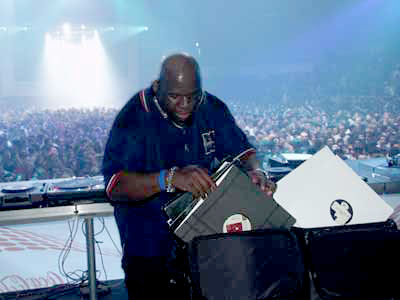--Fiction that has been eating up all my time as of late--
Douglas Coupland - his latest - The Gum Thief - was a great before-Christmas-break book that reminded me of how a complex life is actually simple and that everyone needs to share their creative fantasy with someone. All of his books are great and worth at least 2 full read-throughs (best read 3 years apart). Miss Wyoming is the one I have to yet read (but I was kindly given it this Christmas) I have been saving it like a precious jewel to provide cheer on a rainy day. My favorite to date is Coupland's Life after God - an tale of how semi-regular people get by in our secular society.
For those in your life that are hard-to-buy-for or have everything consider, coffee table books like Coupland's Souvenir from Canada (1 and 2) or The life of a Canadian Terry Fox. Coupland and Fox were children together in North Vancouver and Coupland is currently working on a tribute park in Toronto in Terry's honor. Of course, the tv Series JPod is a must see on my list. The book JPod was stimulating tech-y and leaves you with a slight case of Attention Deficit Disorder, but truly a entertaining experience for all readers. The series JPod is true to its roots in plot and character development and yet I am always wondering what will happen next (again the book is so fast paced that another read-through or watching the series will reveal plot twists you mist the first time). If you want to watch the series on the internet and you are currently in Canada - go to JPod on CBC and wait patiently as the page loads then click watch full episodes start from the beginning or just click on the ones you have missed, sit back and enjoy commercial free viewing.
A while back I stumbled on to a couple of authors that seem to really understand what it is like to be a 20-something in the 2000's. Emma McLaughlin and Nicola Kraus have teamed up to write 3 novels that are a must read for all born in the late seventies or early eighties (ok the rest of you can read them too). These girls take life by the horns but remember to smell the flowers along the way. The Nanny Diaries (2002), Citizen Girl (2004), and Dedication(2007) are all fast paced, life experiences that provide a little insight and perspective to the unkind world of the adult. These writers are truly great examples of how a chance meeting in university can create a successful duo that makes a living doing what they love. I'm kinda jealous that I have not yet found such success - but as these girls would tell you - there is still time!
Here is a clip from Citizen Girl to stimulate the appetite.
on the front cover there is a news-clipping type image reading as follows.
" *Seeking* Qualified applicants looking to build their careers on sand. Requirements: a bachelor's degree worth a fraction of the debt you incurred. One to two years of clerical experience working for a deranged harridan who has sucked your very life force. Fluency in at least two major jargons. Must be resourceful, flexible, action oriented, stress tolerant, enthusiastic, and desperate. Primary responsibilities include: figuring out just what we've hired you to do; working closely with no one for clients we'll never identify, and a practice we'll never commit to. All interested email your integrity to www.mycompany.com"
From Citizen Girl 2004
 Perhaps you can now see why this book gave me a giggle.
Perhaps you can now see why this book gave me a giggle.After a full year of job hunting I have finally found something that might lead to a position that I will enjoy..... Who knew being a grown-up would be so hard!!! It doesn't surprise me that no one talks about when they were getting started - they have blocked out the dreadful parts of their life history.
Spring has sprung its bulbs from the ground here on the west coast and we are all enjoying the splash of color in all the gardens.... A few hours of sunshine does wonders for a bad day, month, or year. A walk on the beach might even be able to prevent a future bad day - especially when coupled with a good book!

Who are your favorite authors - leave a comment and let me know I am always on the look for another great book!









